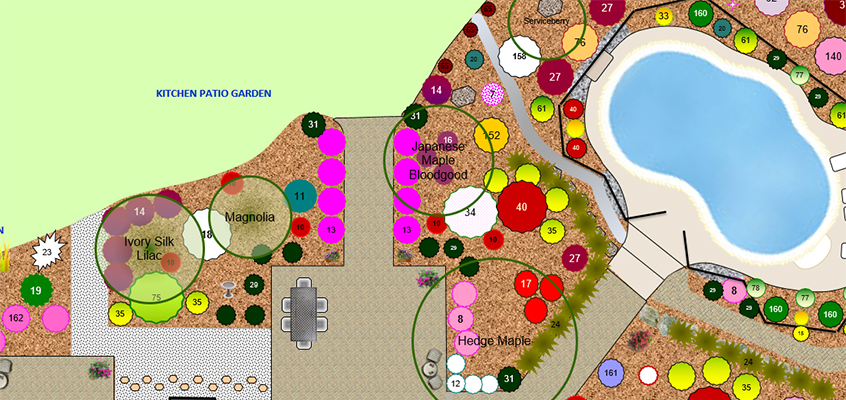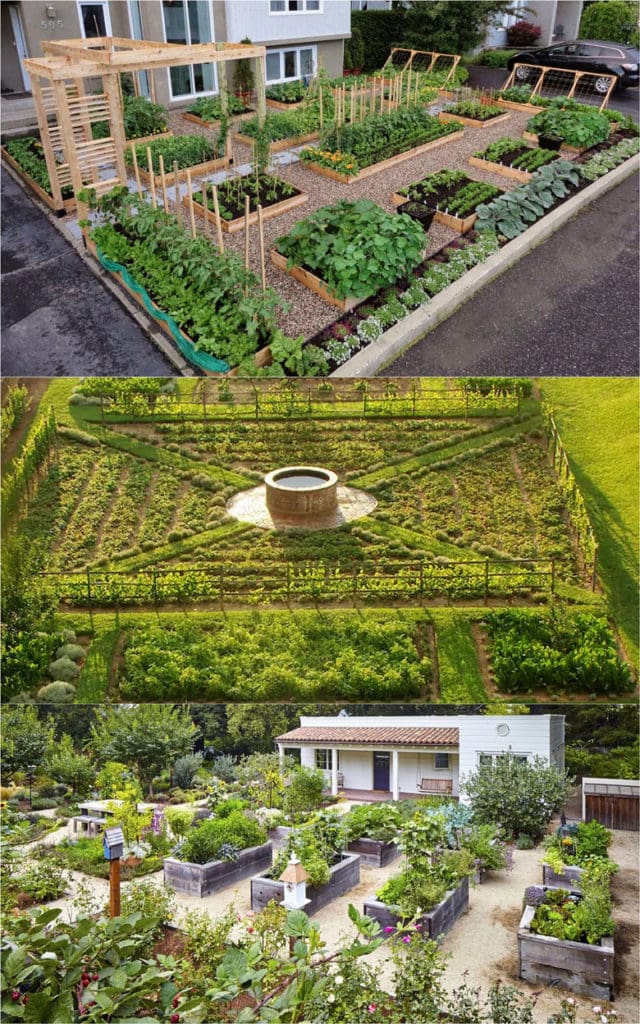Creating a garden layout can be fun and rewarding. A good garden layout can make your garden look amazing. In this guide, we will show you how to create a garden layout step-by-step.
Step 1: Decide on Your Garden’s Purpose
First, you need to decide what you want from your garden. Do you want flowers, vegetables, or a mix? Knowing the purpose will help you design the layout.
- Flower Garden: Focus on beauty and color.
- Vegetable Garden: Focus on rows and easy access.
- Mixed Garden: Combine beauty and functionality.
Step 2: Measure Your Space
Next, measure your garden space. Use a tape measure to get the length and width. Write these down.
| Measurement | Value |
|---|---|
| Length | ____ feet |
| Width | ____ feet |
Step 3: Draw a Simple Sketch
Draw a simple sketch of your garden. Use graph paper if you have it. Mark the measurements on the sketch.
Step 4: Plan the Layout
Now, plan where you want to put everything. Think about sun and shade. Some plants need more sun than others.
- Sunny Spots: Plant sun-loving plants here.
- Shady Spots: Plant shade-loving plants here.

Credit: everchanginggarden.ca
Step 5: Choose Your Plants
Choose plants that will thrive in your garden. Think about the colors, heights, and bloom times. You can mix and match to create a beautiful garden.
- Flowers: Choose a mix of annuals and perennials.
- Vegetables: Choose vegetables that you like to eat.
- Herbs: Herbs can add fragrance and flavor.
Step 6: Add Paths and Features
Add paths to make it easy to walk in your garden. You can also add features like benches, birdbaths, or fountains.
- Paths: Use gravel, stone, or wood chips.
- Benches: Add a place to sit and enjoy your garden.
- Fountains: Add water features for beauty and sound.
Step 7: Consider Maintenance
Think about how much time you want to spend on maintenance. Some plants need more care than others. Choose plants that fit your lifestyle.
- Low Maintenance: Choose easy-care plants.
- High Maintenance: Choose plants that need more attention.
Step 8: Plant Your Garden
Now it’s time to plant your garden. Follow the plan you made. Dig holes for your plants and put them in the ground.
- Flowers: Plant flowers according to your layout.
- Vegetables: Plant vegetables in rows or sections.
- Herbs: Plant herbs in a dedicated area or mix with flowers.
Step 9: Water and Mulch
Water your plants well after planting. Add mulch to keep the soil moist and reduce weeds.
- Water: Water deeply and regularly.
- Mulch: Use wood chips or straw as mulch.

Credit: www.apieceofrainbow.com
Step 10: Enjoy Your Garden
Now you can enjoy your beautiful garden. Spend time in your garden every day. Watch your plants grow and bloom.
- Relax: Sit in your garden and relax.
- Harvest: Pick flowers or vegetables when they are ready.
- Share: Share your garden with friends and family.
Frequently Asked Questions
What Is The Best Garden Layout?
A grid layout is often the most efficient for maximizing space and accessibility.
How Do You Plan A Garden Layout?
Sketch your garden space, consider plant needs, and arrange for optimal sunlight and water access.
What Plants Are Best For Beginners?
Tomatoes, lettuce, and herbs are great for beginners due to their low maintenance and high yield.
How Much Space Between Garden Rows?
Leave at least 18-24 inches between rows for easy access and proper plant growth.
Conclusion
Creating a garden layout is easy and fun. Follow these steps to design your perfect garden. Remember to plan, plant, and enjoy.
